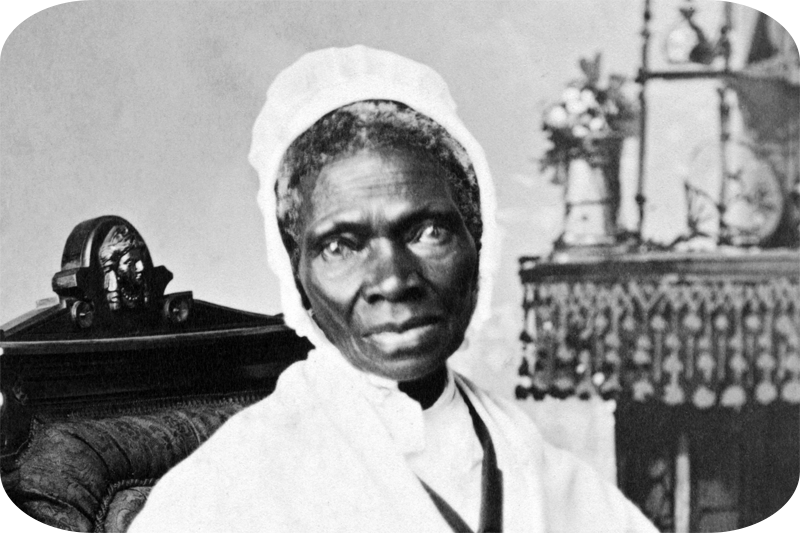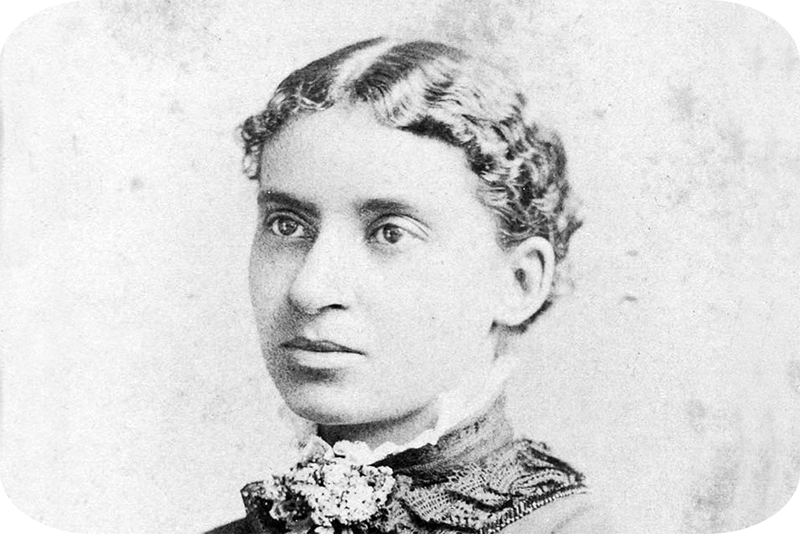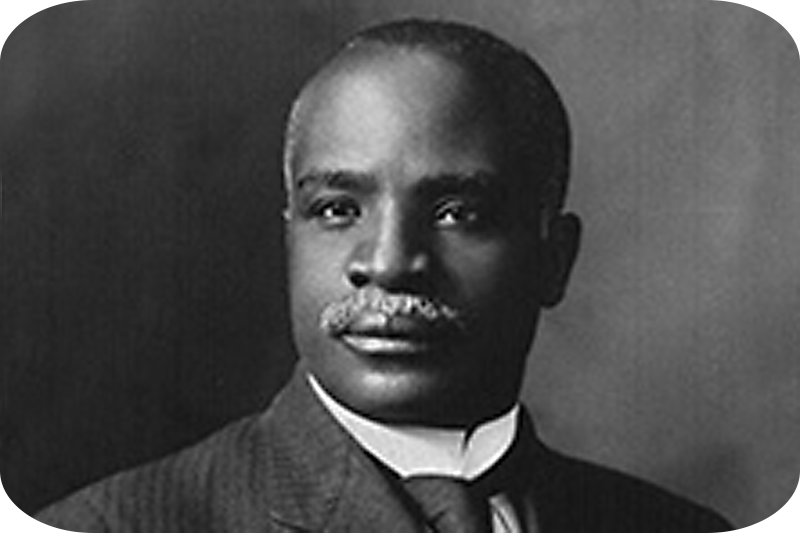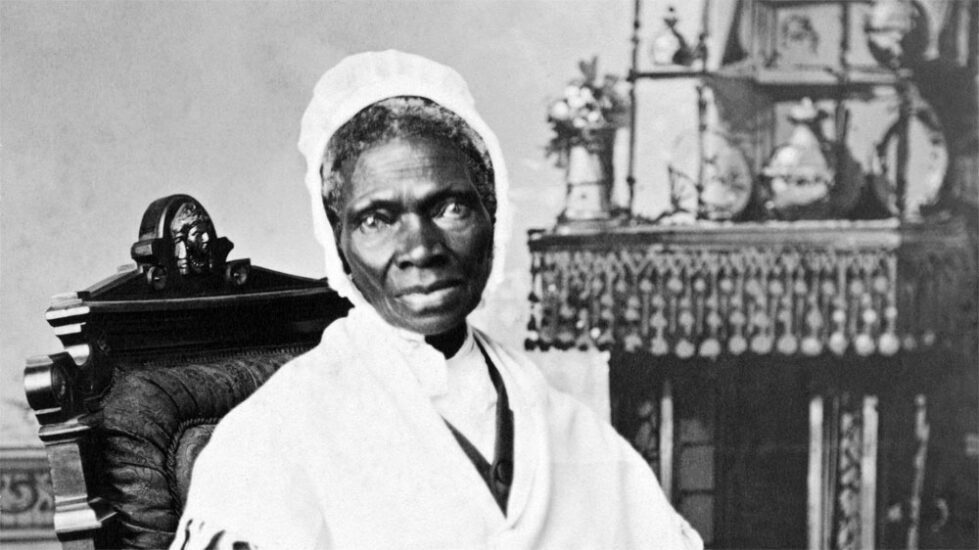In celebration of Black History Month, here are 3 influential educators who changed the world.

Sojourner Truth (1797-1883) was an African American evangelist, abolitionist, and women’s rights activist. Truth is famously known for her iconic 1851 speech on racial inequalities at the Women’s Rights Convention in Ohio, titled “Ain’t I A Woman?” Truth was a former slave, born as Isabella Bomfree in a Dutch-speaking county in New York in 1797. Before the state of New York passed a law to emancipate slaves in 1827, Truth fled to a nearby abolitionist family with her infant daughter. The abolitionist family, the Van Wageners, bought Truth’s freedom for a sum of twenty dollars. The Van Wageners also helped Truth successfully rescue her five-year-old son, who had been illegally sold into slavery in Alabama. In the process of recovering her son, Truth became the first black woman to win a court case against a white man. In 1828, Truth moved to New York where she worked for a local minister, changing her name to Sojourner Truth. During this time, Truth learned to read and write English and decided she would devote her life to the abolition of slavery. Truth is considered to be one of the most significant Americans of all time with numerous universities, organizations, and memorials recognizing her work.

Charlotte Forten Grimké (1837-1914) was an African American author, teacher, abolitionist, and suffragist. Grimké was born in 1837 to a wealthy abolitionist family in Pennsylvania and is often recognized for her journals written in the mid to late 1850s, which were later published posthumously. In these writings, Grimké provides rare first-hand accounts of what it was like to live as a black female in the northern states. When Grimké was 17-years-old, she attended Higginson Grammar School in Salem, Massachusetts and was the only African American student in her class of 200. After graduation, Grimké found work teaching at Eppes Grammar school and developed her interest in abolitionist activism, attending anti-slavery lectures and joining the Female Anti-Slavery Society when she was 22-years-old. In 1862, during the height of the Civil War, Grimké moved to South Carolina in order to teach formerly enslaved children. Grimké also published essays for the Atlantic Monthly, including“Life on the Sea Islands,” detailing her work with the Sea Islands Mission. Grimké married in 1878 and continued her involvement in missionary activities, spending her final years in Washington D.C. before passing away in 1914. Today, Grimké’s home in Washington DC is a nationally protected US landmark and serves as a historical reminder of her contributions towards human rights.

Kelly Miller (1863-1939) was an African American mathematician, sociologist, and writer. Miller is commended for becoming the first black mathematics graduate student in the United States. Miller received an early education at a local primary school where a missionary quickly recognized his mathematical abilities. From 1878-1880, Miller attended the Fairfield Institute in South Carolina and was awarded a scholarship to Howard University. Miller completed the curriculum and went on to receive a Master of Arts (M.A.) in Mathematics, as well as a law degree. Miller later attended Johns Hopkins University after his abilities impressed a top mathematician at the US Naval Observatory. He eventually took an interest in teaching, and throughout his highly impressive career Miller became a professor of mathematics and sociology, eventually being appointed dean of the College of Arts and Sciences at the Howard University School of Law.


